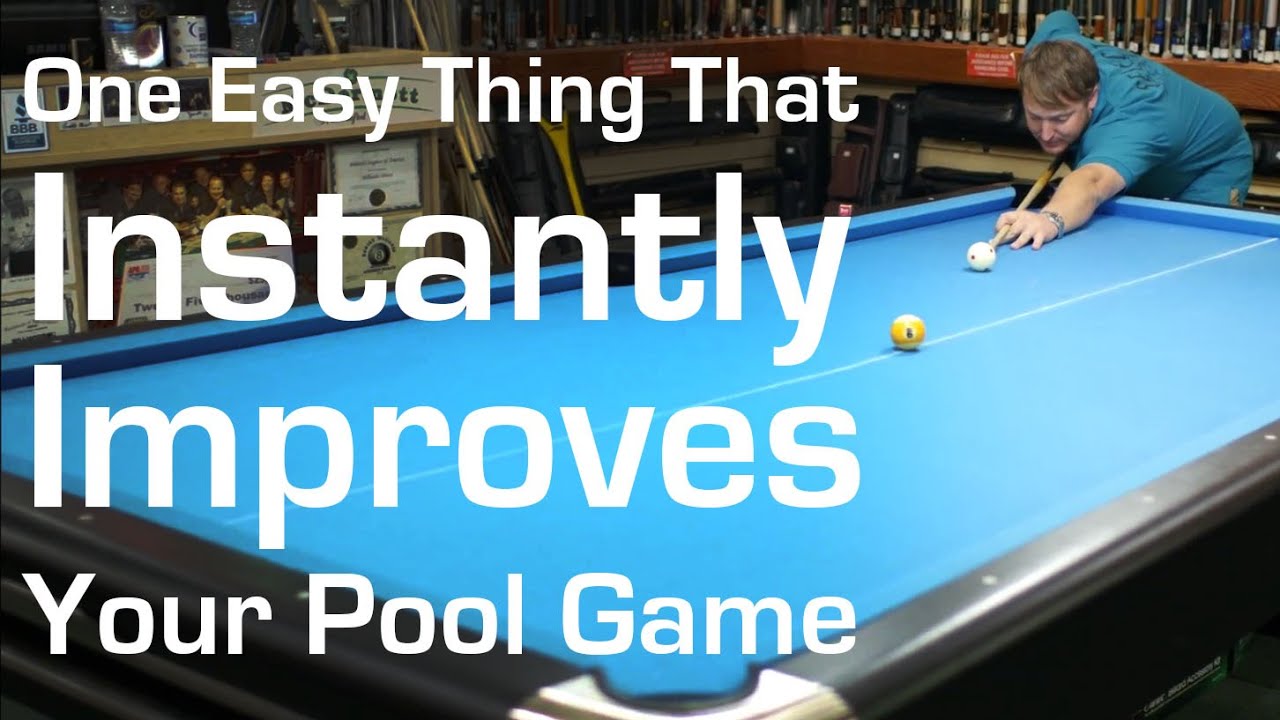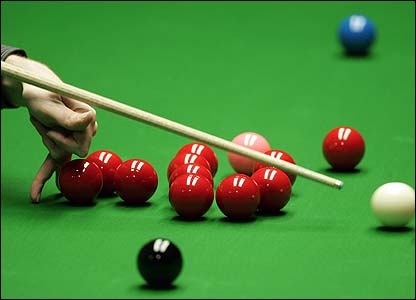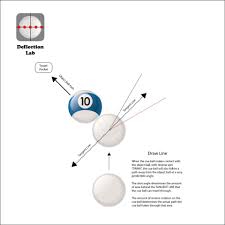
A cue ball spinning diagram is an illustration showing the relationship between a cueball’s spin and its trajectory. This can be used to help players develop their skills and improve their chances of pocketing. Even if you're a newbie to pool, you might not realize the extent of your control over the ball. You don't have to be a beginner to pool. There are plenty of expert tips and tricks that can help you make it easier.
There are many different ways to achieve a good spin on a cue ball. One of the most important is the squirt angle, or the direction of the squirt when the ball bounces. A ball without spin will bounce at a shorter angle. However, a cue ball that has some spin will rebound at an extended angle.

The squirt angles are not a measure of the amount of spin in the ball but they do indicate the direction of the swing. A cue ball that has a high squirt angle, for example, will bounce in the correct direction. The amount of spin depends on many factors such as the ball's weight, strike hardness, angle of strike, cushion quality and speed.
The squirt angle is not a very complex function of the impact parameter, although it is nominally independent of the mass of the ball. In general, a lower cue ball strike will produce a higher squirt angle than a higher one, as the ball will be traveling at a slower speed. However, the best way to keep the squirt angle small is to make the strike harder.
Cue ball spin can be a side spin, top spin, or bottom spin. During a shot, cue balls will follow the tangent lines, which are 90-degree angles away from the object. The trajectory of the cueball is affected more by top and bottom spins than any other. You can also alter the spin by using different cloths or tables.
Although the squirt angle is nominally independent of the mass of the object ball, it is still a useful way to deflect the ball. If the object is too far away, or the ball is not an appropriate target, then the squirt is unlikely. It is also an important factor in determining whether or not a given shot will work. Performing the proper shot will decrease the squirt angle, and this will help the player to pocket the ball.

Depending upon how fast you hit it, the cueball may leave the tangent more quickly. This will mean that the ball will travel further but rebound at a shorter angle. This is why it's a good idea to use a quicker stroke for a left spin, and a slower one for a right.